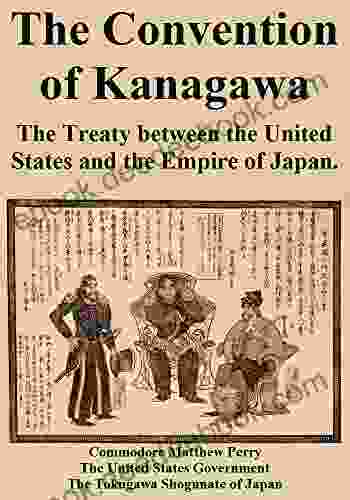The Convention of Kanagawa: A Turning Point in Japanese History

The Convention of Kanagawa was a treaty signed between the United States and Japan on March 31, 1854. The treaty opened Japan to foreign trade and marked the beginning of the end of Japan's isolationist policy.
The convention was negotiated by Commodore Matthew Perry of the United States Navy and Tokugawa Ieyasu, the shogun of Japan. Perry had arrived in Japan in July 1853 with a fleet of four warships. He demanded that Japan open its ports to American ships and trade. The shogun was reluctant to agree to Perry's demands, but he eventually realized that he had no choice but to comply.
5 out of 5
| Language | : | English |
| File size | : | 437 KB |
| Text-to-Speech | : | Enabled |
| Screen Reader | : | Supported |
| Enhanced typesetting | : | Enabled |
| Word Wise | : | Enabled |
| Print length | : | 4 pages |
The Convention of Kanagawa consisted of 12 articles. The most important articles stipulated that:
- Japan would open the ports of Shimoda and Hakodate to American ships.
- American citizens would be allowed to reside in Japan.
- The United States would have the right to appoint a consul to Japan.
The Convention of Kanagawa was a significant turning point in Japanese history. It marked the end of Japan's isolationist policy and the beginning of its integration into the global economy.
Background
Japan had been a closed country for over 200 years before the arrival of Commodore Perry. The country had adopted a policy of isolationism in the early 17th century in order to protect itself from Western influence. This policy was known as sakoku, which means "closed country."
During the 19th century, the Western powers began to pressure Japan to open its ports to trade. The United States, in particular, was interested in establishing a coaling station in Japan for its ships that were sailing to China. In 1853, President Millard Fillmore sent Commodore Perry to Japan to negotiate a treaty.
Negotiations
Perry arrived in Japan on July 8, 1853, with a fleet of four warships. He anchored his ships in Tokyo Bay and sent a letter to the shogun, demanding that Japan open its ports to American trade. The shogun was reluctant to agree to Perry's demands, but he eventually realized that he had no choice but to comply.
Perry and the shogun's representatives began negotiations in February 1854. The negotiations were difficult, and the two sides差点disagree on several issues. However, they eventually reached an agreement on March 31, 1854.
Terms of the Treaty
The Convention of Kanagawa consisted of 12 articles. The most important articles stipulated that:
- Japan would open the ports of Shimoda and Hakodate to American ships.
- American citizens would be allowed to reside in Japan.
- The United States would have the right to appoint a consul to Japan.
The treaty also included provisions for the treatment of shipwrecked American sailors and for the establishment of a coaling station for American ships in Japan.
Impact of the Treaty
The Convention of Kanagawa was a significant turning point in Japanese history. It marked the end of Japan's isolationist policy and the beginning of its integration into the global economy.
The treaty had a number of immediate effects. It led to the opening of Japan's ports to foreign trade, the establishment of foreign legations in Japan, and the beginning of a process of modernization in Japan.
The treaty also had a long-term impact on Japan. It helped to lay the foundation for Japan's emergence as a major economic and military power in the 20th century.
The Convention of Kanagawa was a landmark agreement that marked the beginning of a new era in Japanese history. It opened Japan to foreign trade and led to the country's eventual integration into the global economy.
5 out of 5
| Language | : | English |
| File size | : | 437 KB |
| Text-to-Speech | : | Enabled |
| Screen Reader | : | Supported |
| Enhanced typesetting | : | Enabled |
| Word Wise | : | Enabled |
| Print length | : | 4 pages |
Do you want to contribute by writing guest posts on this blog?
Please contact us and send us a resume of previous articles that you have written.
 Text
Text Story
Story Reader
Reader Library
Library Paperback
Paperback Magazine
Magazine Paragraph
Paragraph Shelf
Shelf Glossary
Glossary Bibliography
Bibliography Foreword
Foreword Footnote
Footnote Manuscript
Manuscript Scroll
Scroll Tome
Tome Bestseller
Bestseller Library card
Library card Narrative
Narrative Biography
Biography Memoir
Memoir Thesaurus
Thesaurus Resolution
Resolution Librarian
Librarian Catalog
Catalog Card Catalog
Card Catalog Borrowing
Borrowing Scholarly
Scholarly Lending
Lending Reserve
Reserve Academic
Academic Journals
Journals Reading Room
Reading Room Rare Books
Rare Books Special Collections
Special Collections Interlibrary
Interlibrary Storytelling
Storytelling Awards
Awards Reading List
Reading List Theory
Theory Textbooks
Textbooks N D Wilson
N D Wilson Crimson Syn
Crimson Syn Beth Aune
Beth Aune James Torres
James Torres David Lynch
David Lynch Barbara Miller
Barbara Miller Noriko Carroll
Noriko Carroll Greg Margolis
Greg Margolis Richard Hanser
Richard Hanser Shani T Night
Shani T Night Peter Markus
Peter Markus Mark Eaton
Mark Eaton Corey Wayne
Corey Wayne Robert Munro Monarch
Robert Munro Monarch Becky Monson
Becky Monson Jeremy Strong
Jeremy Strong Stephanie Hudson
Stephanie Hudson Stanley E Hilton
Stanley E Hilton Stan Shubel
Stan Shubel Brandon Dixon
Brandon Dixon
Light bulbAdvertise smarter! Our strategic ad space ensures maximum exposure. Reserve your spot today!
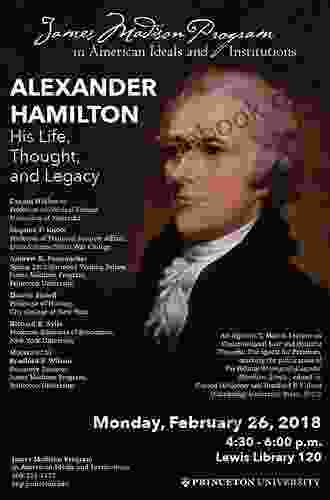
 Griffin MitchellAn In-Depth Exploration of Antonio Gramsci: A Marxist Intellectual and...
Griffin MitchellAn In-Depth Exploration of Antonio Gramsci: A Marxist Intellectual and...
 Fabian MitchellThe Inside Story Of The Break Ins And Breakdowns That Put Donald Trump In The
Fabian MitchellThe Inside Story Of The Break Ins And Breakdowns That Put Donald Trump In The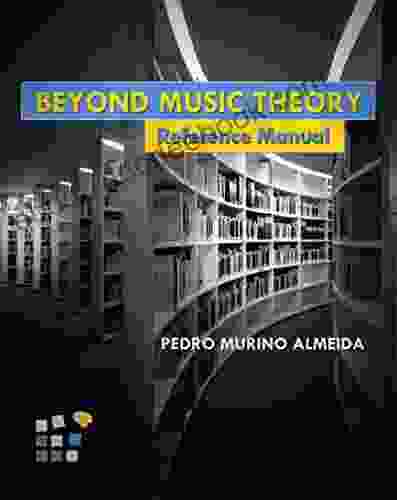
 Billy PetersonBeyond Music Theory Reference Manual: Unraveling the Complexities of Advanced...
Billy PetersonBeyond Music Theory Reference Manual: Unraveling the Complexities of Advanced... Julio Ramón RibeyroFollow ·14.2k
Julio Ramón RibeyroFollow ·14.2k Terry PratchettFollow ·9.6k
Terry PratchettFollow ·9.6k Eddie PowellFollow ·10.7k
Eddie PowellFollow ·10.7k Evan SimmonsFollow ·6.7k
Evan SimmonsFollow ·6.7k Davion PowellFollow ·10.2k
Davion PowellFollow ·10.2k Joe SimmonsFollow ·15.9k
Joe SimmonsFollow ·15.9k Finn CoxFollow ·16.9k
Finn CoxFollow ·16.9k Robert ReedFollow ·8.2k
Robert ReedFollow ·8.2k
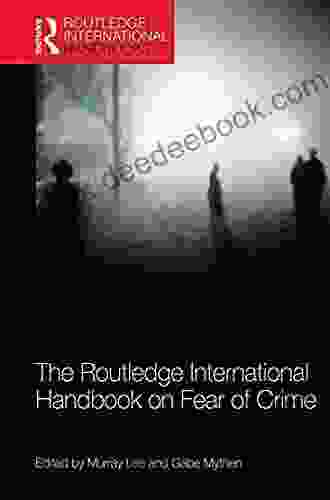
 E.E. Cummings
E.E. CummingsThe Routledge International Handbook on Fear of Crime
Fear of crime is a serious problem that can...

 Fletcher Mitchell
Fletcher MitchellThe Hunchback in Hellenistic and Roman Art: A...
The hunchback, or kyphosis, is a physical...

 Victor Turner
Victor TurnerA Comprehensive Guide to Needle Felting for Moms:...
Needle felting, a captivating craft...
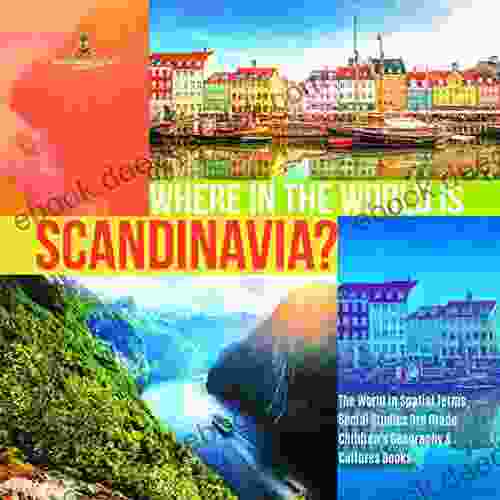
 Joseph Foster
Joseph FosterWhere is Scandinavia?
Scandinavia is a region in...

 Leon Foster
Leon FosterNovel Shades of Magic: A Masterpiece of Magical...
An Enthralling...
5 out of 5
| Language | : | English |
| File size | : | 437 KB |
| Text-to-Speech | : | Enabled |
| Screen Reader | : | Supported |
| Enhanced typesetting | : | Enabled |
| Word Wise | : | Enabled |
| Print length | : | 4 pages |


